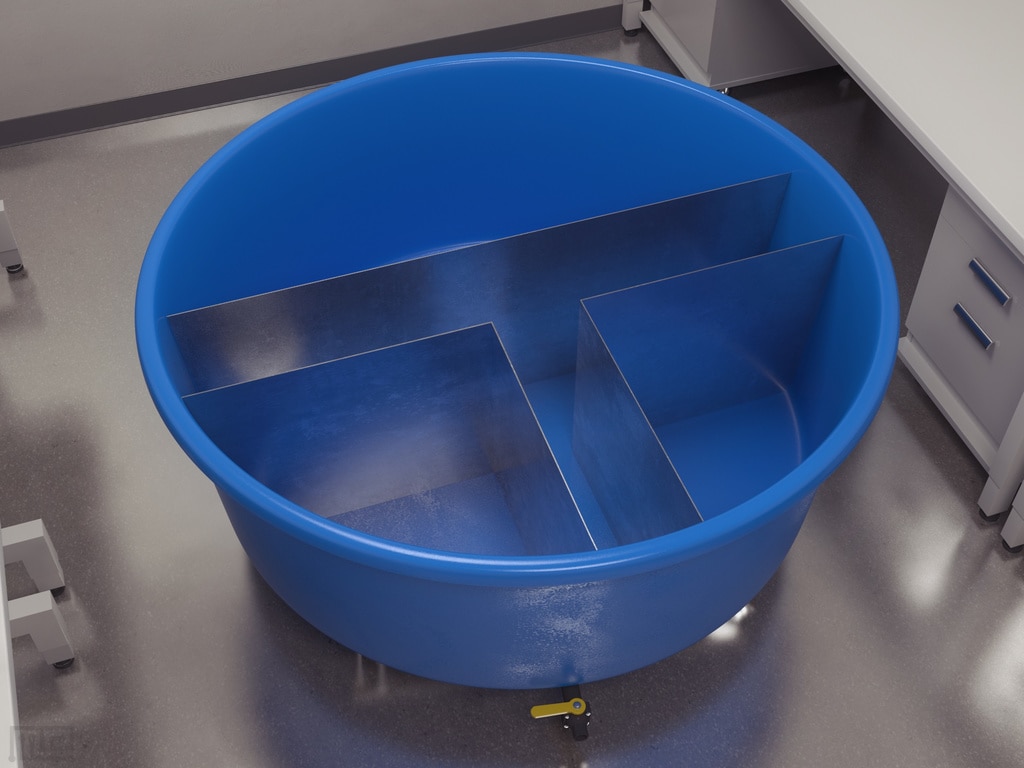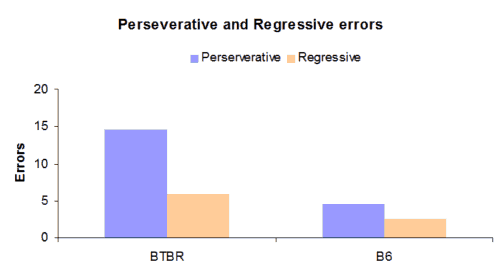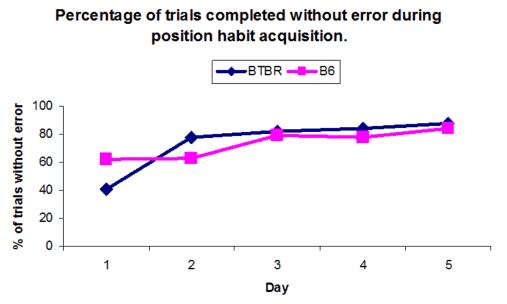Description
The Morris Water T maze insert for the Morris Water Maze is made to fit the 4 foot, 5 foot, or 6 foot sizing for the MazeEngineers Morris Water Maze. Made of stainless steel inserts for maximum stability within a large fluid container, long term use and easy cleaning.



